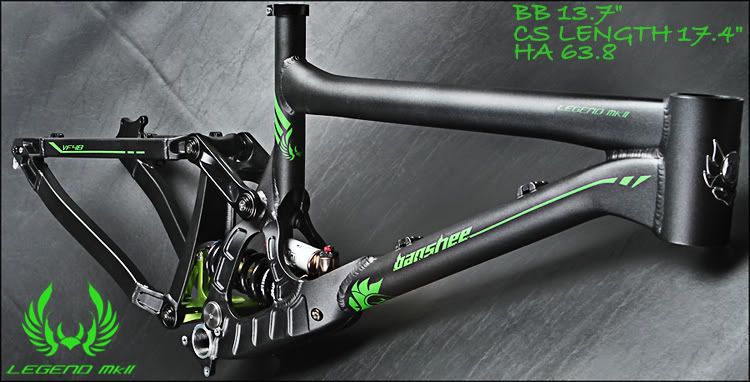Canyon Factory Freeride Team Aced 2016
 Wednesday, November 23, 2016 at 7:20AM
Wednesday, November 23, 2016 at 7:20AM 
The Canyon Factory Freeride Team finished the season with a bang, bringing home gold with the 2016 FMB Factory Team World Championship Title.
Factory teams must register a minimum of 2 athletes. Each athlete can contribute a maximum of 3 results and the final team score is the total of the best six results. This year, Thomas Genon (BEL) and Tomas Lemoine (FRA) each secured top ranks at different FMB Events and showcased their top level riding as well as unified team spirit.

Thanks to top performances by Thomas Genon and Tomas Lemoine for their manufacturer, based in Koblenz, Germany, the team beat their competitors and can proudly celebrate their team efforts. In addition to Thomas and Tomas, the Canyon Factory Freeride Team 2016 lineup consisted of three other members, including Anton Thelander (SWE), Darren Berrecloth (CAN) and Peter Henke (GER).
Tomas Lemoine: “The fact that we won the FMB Factory Team Ranking, shows me once again that our team is perfect. Each and every one of us is so stoked to ride for such a sick brand like Canyon. Personally I just tried to do my best during every event and I feel the same vibes go for everyone in the team. We will continue to train and give our best.”

Thomas Genon: “I have known my teammates for a very long time and we are super stoked to ride together. Everyone did great this season and now we´re all going to spend the winter riding, training and improving the things that didn´t work out this season.”
Sports Director MTB at Canyon, Florian Goral: “Our athletes can choose from a range of bikes, which have been developed by the engineers, being as close as possible to the riders. When we created the team back in 2013, it was our intention to build the best bikes possible. We started from scratch and have been listening to all their needs right from the beginning. Winning contests is the logical proof of pure talent combined with excellent material.”
Congratulations to the Canyon Factory Freeride Team and good luck for the next season.

About Canyon Bicycles
Canyon was founded in 1985 as Radsport Arnold and was officially renamed Canyon Bicycles GmbH in 2001. Bikes have been sold under the Canyon name since 1996. Everything from product development, assembly and direct sales of their mountain bikes, road bikes and triathlon bikes in addition to accessories and clothing takes place in Koblenz, Germany. Canyon employs its own engineers, composites experts, designers and quality controllers to ensure in-house quality management of the highest level. Canyon counts a number of prestigious design awards, reader’s choice awards and hundreds of test victories carried out by international publications to its successes.
 2016 FMB,
2016 FMB,  26",
26",  Canyon Bikes,
Canyon Bikes,  Slopestyle |
Slopestyle |










